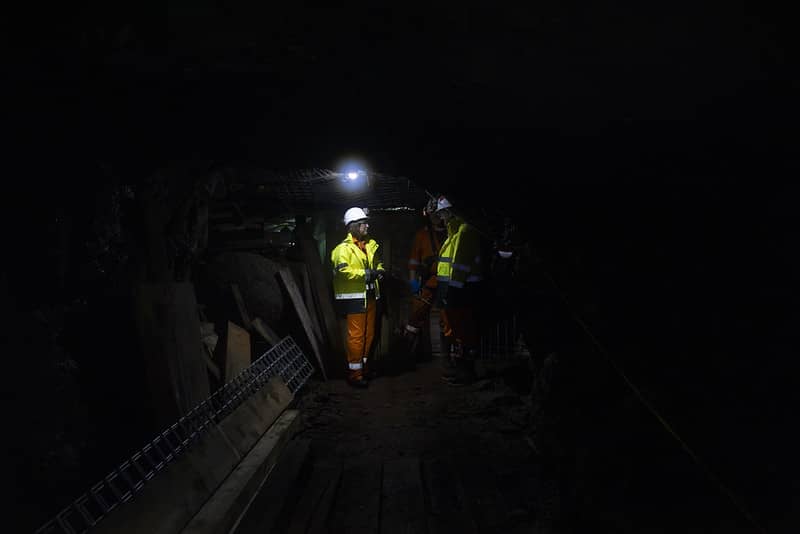
File image of Rachel Reeves. Picture by Kirsty O'Connor / HM Treasury.
A new black hole has been discovered.
Rachel Reeves faces a £50BN black hole in the government finances, raising the prospect of tax hikes or spending cuts in the budget, says a leading economic researcher.
The National Institute of Economic and Social Research (NIESR) finds that the government is now running a current deficit of £41.2BN for fiscal year 2029-30.
This means that if Reeves is to stick to the fiscal rules and restore the £9.9BN of headroom maintained since last year's Budget, an adjustment of £51.1BN is required.
"The Government is not on track to meet its 'stability rule'," says the NIESR. "Substantial adjustments in the Autumn Budget will be needed if the Chancellor is to remain compliant with her fiscal rules."
"The overnight news from the NIESR has highlighted the UK Chancellor’s very difficult position in the approach to the autumn budget," says Jane Foley, Senior FX Strategist at Rabobank. "It could increase the potential for more jitters in the gilts market in the months ahead and undermine sentiment in the pound."
Adjustments can come in the form of higher taxes, spending cuts, and more borrowing. The combination she chooses will have profound implications for the economy. For example, simply funding the deficit through borrowing would potentially trigger a run on Sterling assets.
Reeves will likely opt for the former and hike taxes, which will in turn pose significant economic headwinds.
On coming to office, Reeves' first job was to prepare the public for tax hikes on account of what she described as a £22BN 'black hole' in the public finances that her party had uncovered on coming into power.
The tax cuts fell largely on businesses, with a rise in employer taxes now being blamed for a multi-month decline in payrolled employment.
With the new 'black hole' even bigger, the headwinds to UK economic growth and the currency are significant.
A run of disappointing economic readings have triggered a notable shift in sentiment against the Pound over the course of the past half year, meaning it has steadily fallen against the Euro.
Having been the second-best performing major currency for two years in a row, Sterling is firmly on course to be amongst the laggards in 2025.
The NIESR also finds that inflation should fall gradually towards 2.0% over the next three years, averaging 3.3% in 2025 and 2.8% in 2026.
This means it remains well above the Bank of England's 2.0% target, thanks to persistent wage growth from residual labour market "tightness", along with a lift in the minimimum wage.
Based on this, the NIESR predicts two more 25 basis‑point rate cuts from the Bank of England in 2025, followed by a further cut in 2026, which is largely in keeping with market-implied expectations.
"Although an uncertain economic outlook may limit the Bank of England’s room for manoeuvre, we expect the MPC to continue its gradual easing, even with short-term upward pressure on prices this year," says the NIESR.
